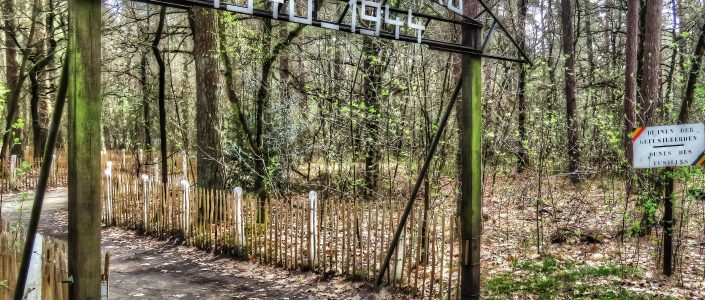Internment camp
The most memorable thing in the Beverlo camp was the internment camp that the German occupier organized there during the Second World War under the name Kriegs Wehrmacht Gefängnis Beverlo. From the beginning of the occupation, that prison was set up in the complex of the equestrian camp. The existing…










